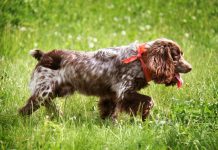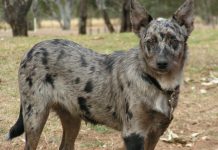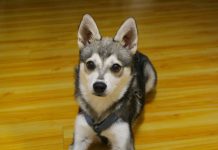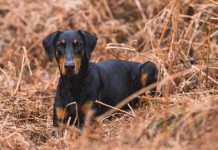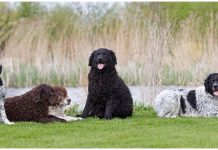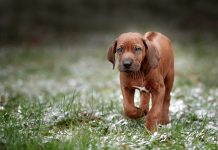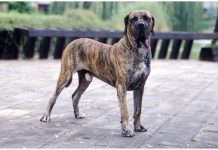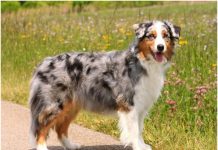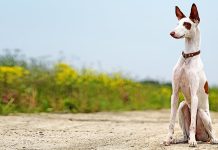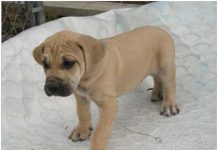Some dogs were not just pets—they were purposefully developed to survive, and even thrive, in some of the harshest climates on Earth.
Certain dog breeds designed for extreme weather have evolved or been selectively bred with physical and behavioral traits suited.
These adaptations, often centuries in the making, demonstrate the deep relationship between humans, geography, and the roles that dogs have played.
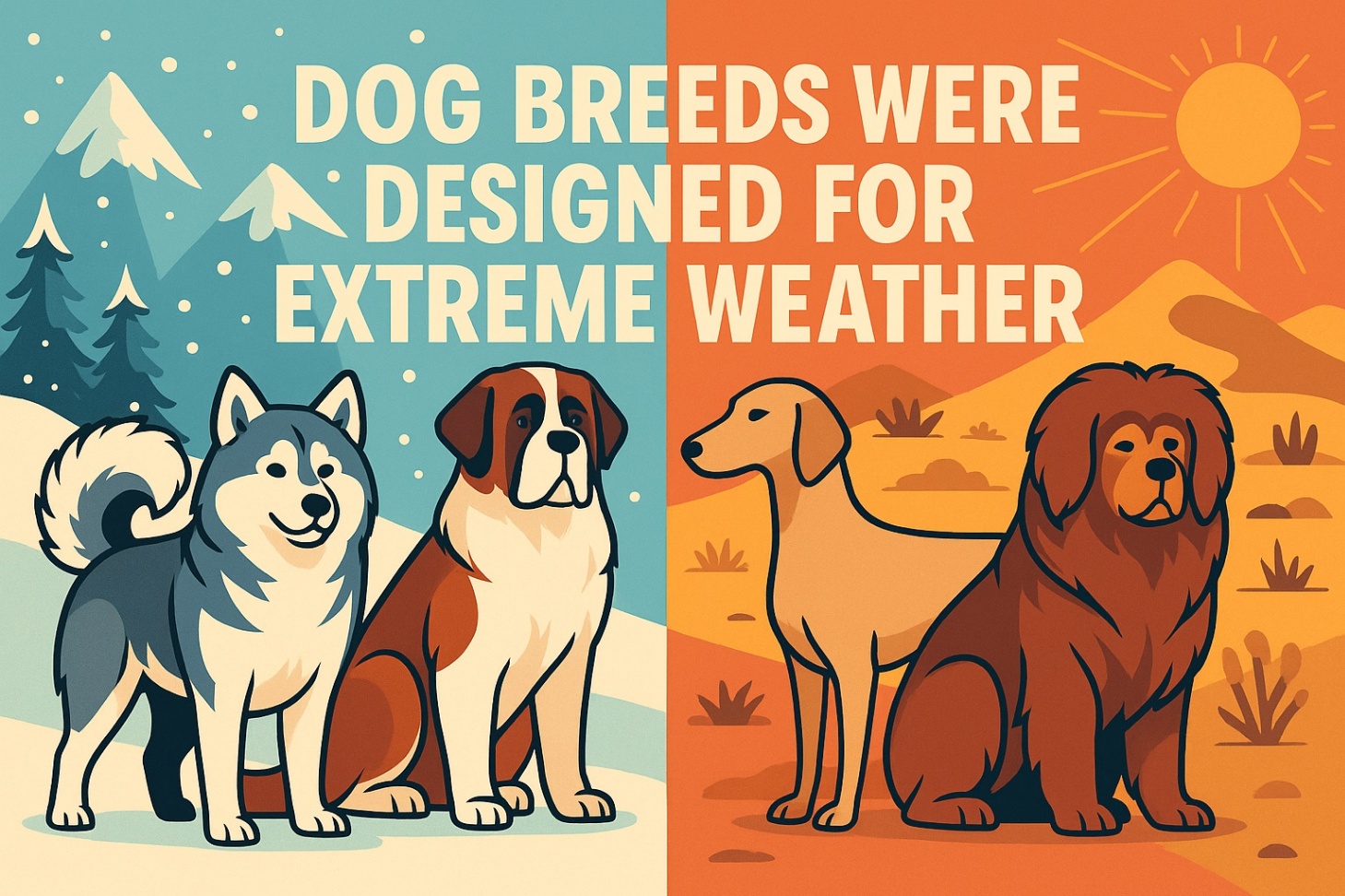
Arctic-Born: Breeds Built for Cold Weather
Breeds that evolved in cold climates typically share some key features:
Dense double coats, compact body shapes to minimize heat loss, and high energy levels for endurance in snowy terrain.
All these breeds shows a great combination of all these traits.
Siberian Husky
The Siberian Husky is among the most iconic dog breeds designed for extreme weather.
Originating with the Chukchi people of northeastern Asia, Huskies were bred to pull sleds across frozen terrain.
- Coat: Their double-layered coat traps warm air near the skin and repels snow and water.
- Endurance: Huskies can travel long distances with minimal fatigue and little food, an adaptation to life in barren Arctic regions.
- Behavioral Traits: Their pack instincts and social nature were essential for working in teams.
According to the American Kennel Club (AKC), Siberian Huskies can operate in temperatures as low as -60°F (-51°C).
This makes them ideal for polar expeditions and sled races like the Iditarod.
Alaskan Malamute
Closely related to the Husky, the Alaskan Malamute is larger, stronger, and built more for hauling than speed.
- Coat Thickness: Their insulating coat can reach up to two inches thick.
- Physique: A stocky build retains body heat better than leaner dogs.
- Survival Skills: Malamutes were often used not only for transportation but also for hunting seals and guarding camps.
Their ability to survive in the Arctic is not just due to their fur but also their metabolism, which conserves energy and regulates body temperature efficiently.
Desert-Hardened: Dogs Adapted to Heat
On the opposite end of the spectrum are breeds that evolved in hot, dry environments.
These dogs often feature thin coats, lean bodies, and long limbs to aid heat dissipation.
Saluki
Known as the "Royal Dog of Egypt," the Saluki is one of the oldest known domesticated breeds, tracing back over 5,000 years in the Middle East.
- Body Shape: Long legs and a narrow frame enable swift cooling and long-distance sprints across hot sand.
- Thin Coat: Their coat is fine and does not trap heat.
- Behavior: Salukis are hunters at heart, used for chasing down game in the desert.
Because of their endurance and high heat tolerance, Bedouins relied on Salukis for both food and companionship in the inhospitable desert.
Basenji
From central Africa, the Basenji is another heat-adapted breed known for its independence and quiet demeanor.
- Sweating Efficiency: Though dogs primarily pant to cool off, Basenjis have minimal body fat and short fur that helps them avoid overheating.
- Behavior: They hunt silently, tracking and flushing game without tiring easily.
- Agility: Their strong legs and compact build help them navigate dense brush and hot terrain with ease.
Their independence and ability to work alone are considered evolutionary adaptations to the solitary hunting styles of their regions.
Water Resisters: Breeds Adapted to Wet and Windy Climates
Dogs living in wet, stormy, or coastal climates have developed unique waterproofing features and body types.
Newfoundland
The Newfoundland is a large working dog originally bred in Canada to assist fishermen in icy Atlantic waters.
- Webbed Feet: Ideal for swimming in strong currents.
- Water-Resistant Coat: Their double coat includes a thick underlayer that insulates against cold water.
- Lung Capacity: Newfoundlands have massive lung volumes, allowing for strong swimming endurance.
These dogs often rescued drowning sailors and pulled in fishing nets, a testament to their weather-resistant capabilities.
Portuguese Water Dog
As the name suggests, the Portuguese Water Dog was bred to work alongside fishermen in Portugal.
- Curly Coat: It acts as a natural insulator and repels water.
- Stamina: High endurance helps them retrieve items from the ocean.
- Intelligence: These dogs were taught to herd fish into nets or carry messages between boats.
Modern owners might be more familiar with their hypoallergenic coat, but their aquatic roots reveal a deep history of adaptation to wet, cold climates.
Mountain Strong: Breeds Built for High Altitudes
Dogs bred in mountainous or alpine regions often have a mix of cold-weather resilience, climbing ability, and strength.
Tibetan Mastiff
Originating from the Himalayas, the Tibetan Mastiff was bred to guard livestock and property in extreme elevations.
- Thick Mane: Protects the neck from predator attacks and insulates in snowstorms.
- Large Frame: Offers intimidation to predators like wolves and snow leopards.
- Low Activity Levels: Helps conserve energy in high-altitude conditions with lower oxygen levels.
Despite their fierce look, Tibetan Mastiffs are calm, intelligent, and able to withstand cold nights in open terrains.
Bernese Mountain Dog
Bred in the Swiss Alps, the Bernese Mountain Dog is both a herder and a draft animal.
- Double Coat: Long and thick for warmth, yet breathable to regulate heat.
- Strength: Used to pull carts through mountainous terrain.
- Temperament: Calm and enduring, crucial for long days in rugged conditions.
Their balance of strength and gentle nature made them essential companions in Swiss farming communities.
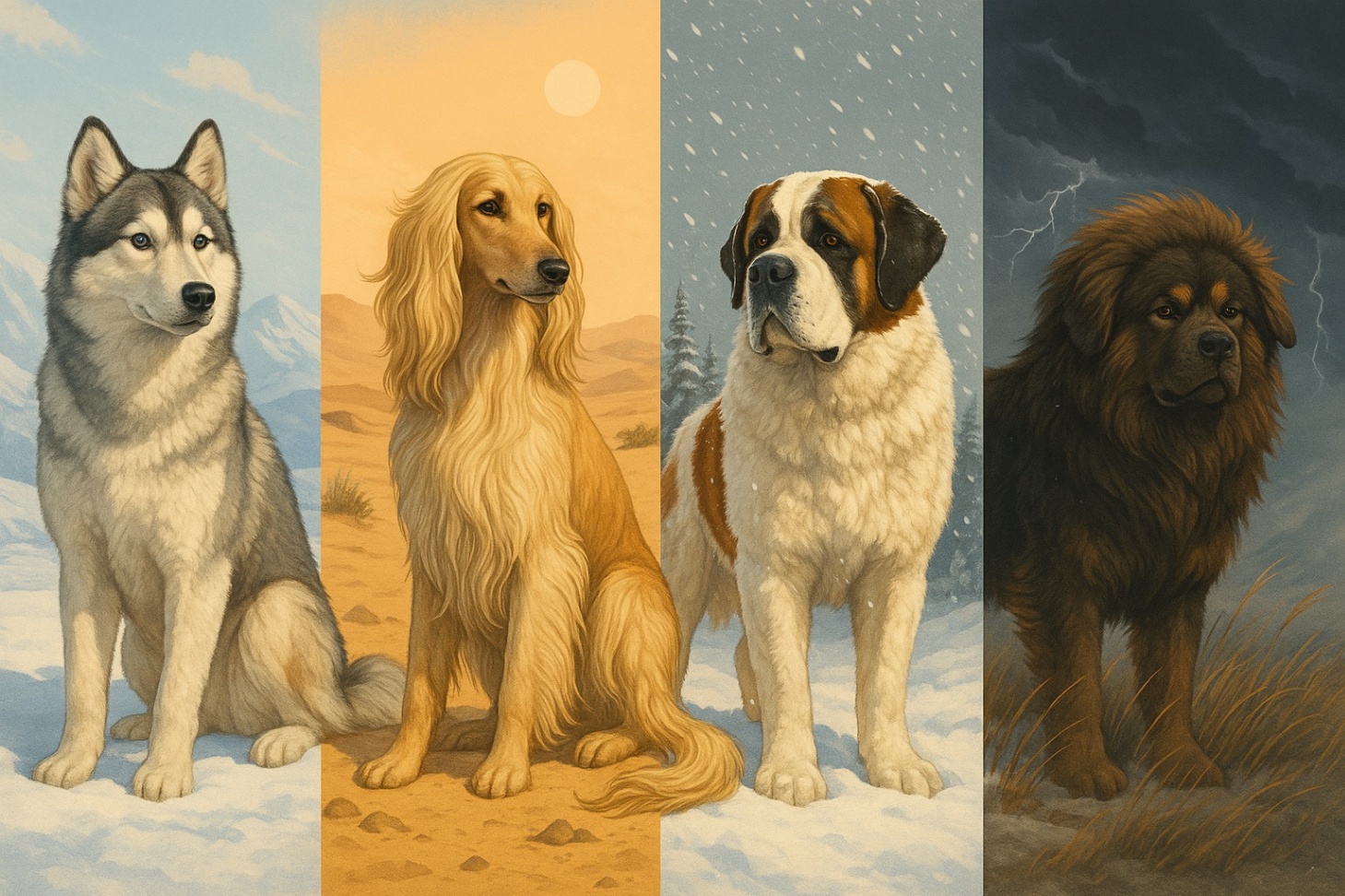
A Testament to Evolution and Purpose
Dog breeds have been molded over generations, not only by natural selection but also through human intention.
Whether enduring below-zero winds in Siberia or patrolling sun-scorched deserts, these breeds represent more than physical traits.
They embody cultural histories, survival strategies, and partnerships between humans and inusual animals.
While modern dogs may no longer face the same climate challenges as their ancestors, these instincts and features remain embedded in their DNA.
Conclusion: Dog Breeds Designed for Extreme Weather
Owners should understand their dog’s heritage to ensure proper care and respect for its natural tendencies.
As climate change alters global temperatures, some breeders and researchers are revisiting ancient dog adaptations.
From rescue dogs in the Arctic to guard dogs in desert compounds, the legacy of dog breeds designed for extreme weather continues to evolve.


